Ship or pick up from our office.
Metal Case Diode Bridge KBPC5010
The Metal Case Diode Bridge KBPC5010 is a specific type of bridge rectifier, a crucial electronic component used to convert alternating current (AC) into direct current (DC). It is widely employed in various power supply applications.
Here's a breakdown of its key features and what each part of its name signifies:
What is a Bridge Rectifier?
A bridge rectifier is a circuit of four (or more) diodes in a specific configuration that allows for full-wave rectification. This means it efficiently converts both the positive and negative half-cycles of an AC input into a pulsating DC output. Compared to simpler half-wave rectifiers, bridge rectifiers are more efficient and provide a smoother DC output.
KBPC5010 Explained
- KBPC: This is typically a series designation for a family of single-phase bridge rectifiers with specific package styles.
- 50: This number indicates the maximum average forward rectified current (Io) the device can handle, which in this case is 50 Amperes (A). This high current rating makes it suitable for demanding applications.
- 10: This number typically refers to the voltage class, often indicating a maximum repetitive peak reverse voltage (VRRM) of 1000 Volts (V) (where '10' often means 10 x 100V). This high voltage rating allows it to handle substantial AC input voltages.
Metal Case Design
The "metal case" is a significant feature.
The metal housing serves as a heat sink, which is essential for dissipating the heat generated by the diodes during operation, especially when handling high currents. This helps maintain optimal operating temperatures, ensuring the device's reliability and longevity. The case often has a central mounting hole for easy attachment to an external heat sink for even better thermal management. The internal components are usually encapsulated with epoxy resin for electrical insulation and flame resistance.
Key Specifications and Features
- Conversion: Converts single-phase AC to pulsating DC.
- Current Rating: Up to 50 Amperes (A) average forward current.
- Voltage Rating: Up to 1000 Volts (V) repetitive peak reverse voltage.
- Surge Current Capability: Often capable of handling high non-repetitive surge currents (e.g., 400A or 450A for a short duration), which is crucial for handling initial power-on transients.
- Low Forward Voltage Drop: Minimizes power loss and improves efficiency.
- High Reliability: Designed for robust performance in various environments.
- Mounting: Typically features through-hole mounting with a screw hole for chassis or heatsink mounting.
- Terminals: Often uses 0.25" (6.35 mm) Faston terminals for easy connection. Some variants (like KBPC5010W) might have wire leads.
- Operating Temperature: Wide operating junction temperature range, often from -40°C to +150°C.
Common Applications
Due to its high current and voltage capabilities, the KBPC5010 is commonly found in:
- Power supplies: As a core component to rectify AC mains voltage into DC for electronic devices.
- Battery chargers: Converting AC power to DC for charging batteries.
- Motor control circuits: Providing DC power for electric motors.
- Industrial control systems: Used in various industrial applications requiring AC-to-DC conversion.
- Input rectifiers for variable frequency drives (VFDs).

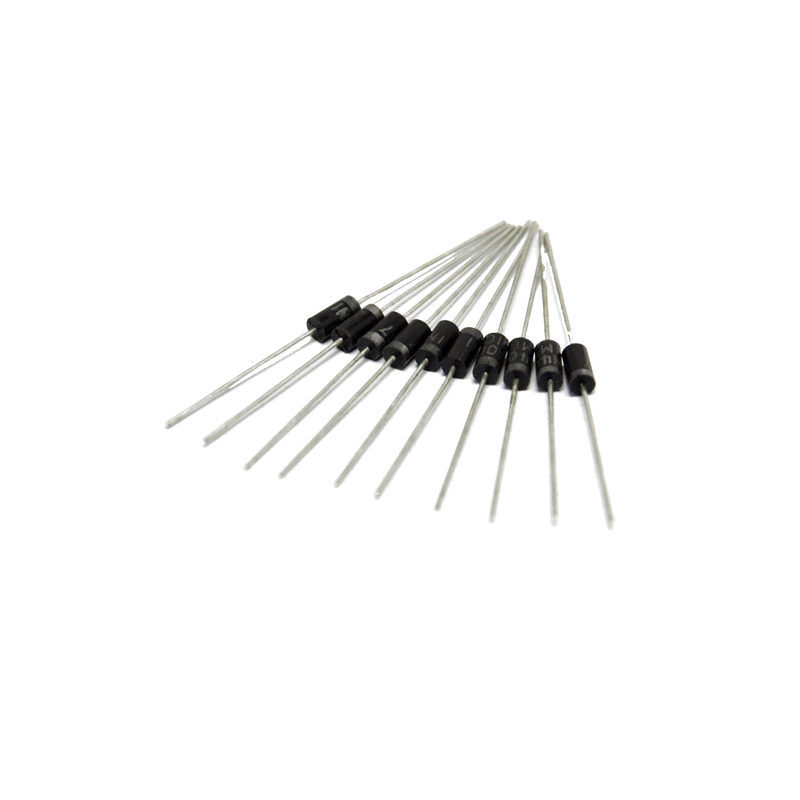
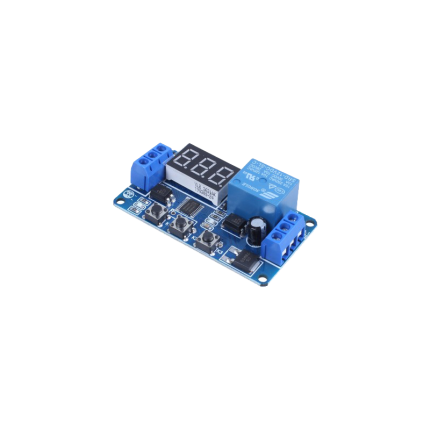
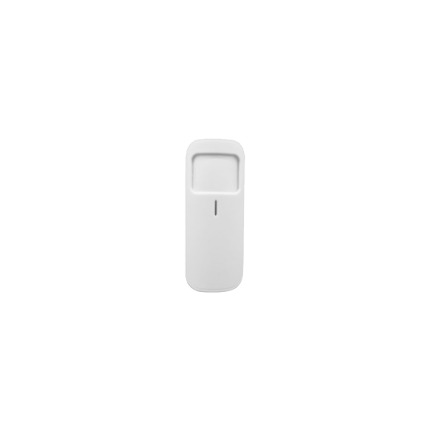

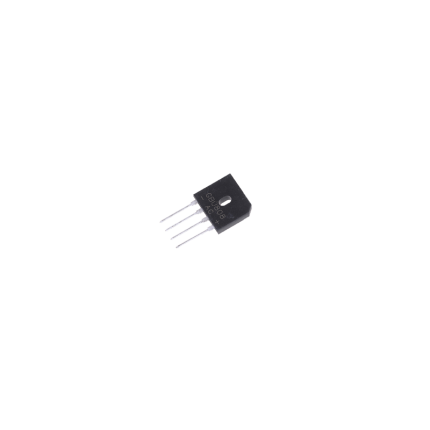
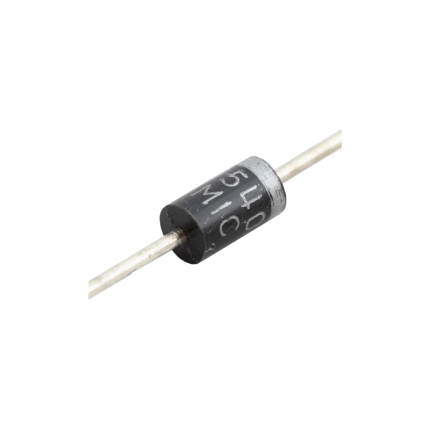

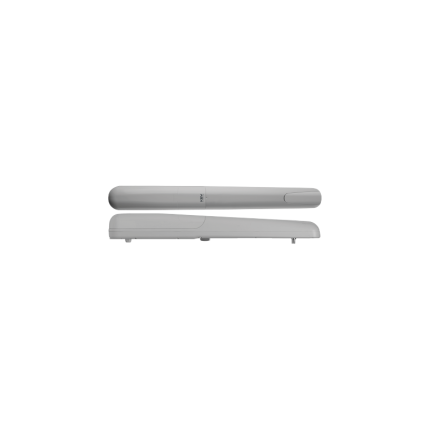
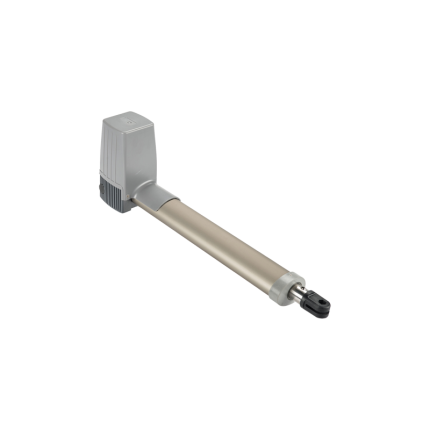
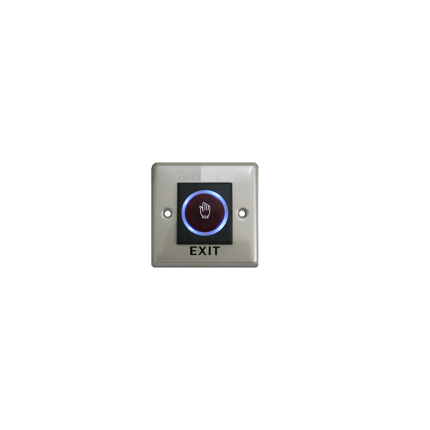
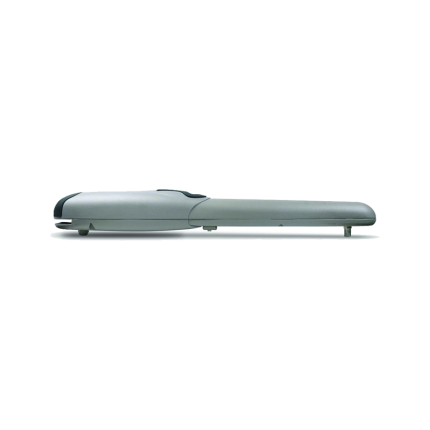

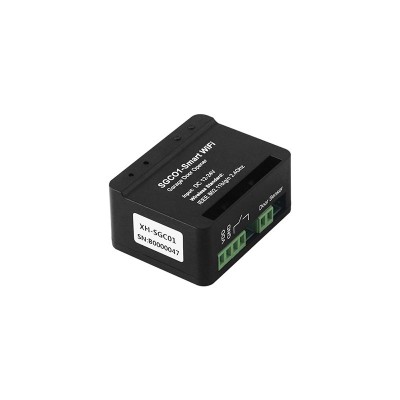
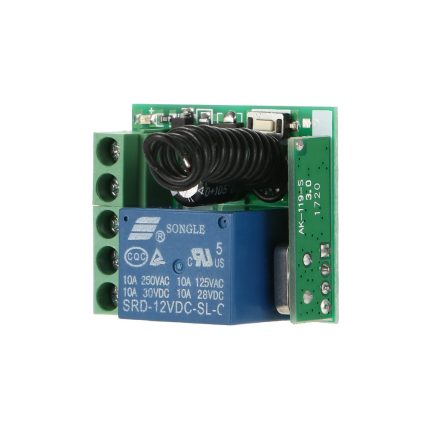
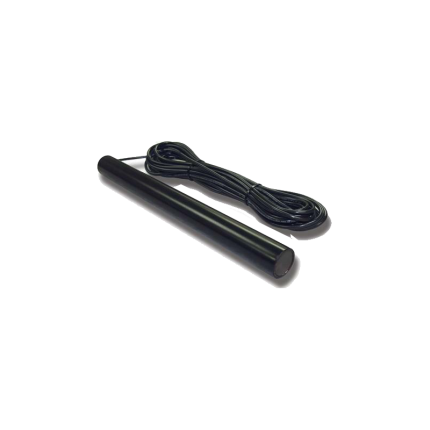









Reviews
There are no reviews yet.